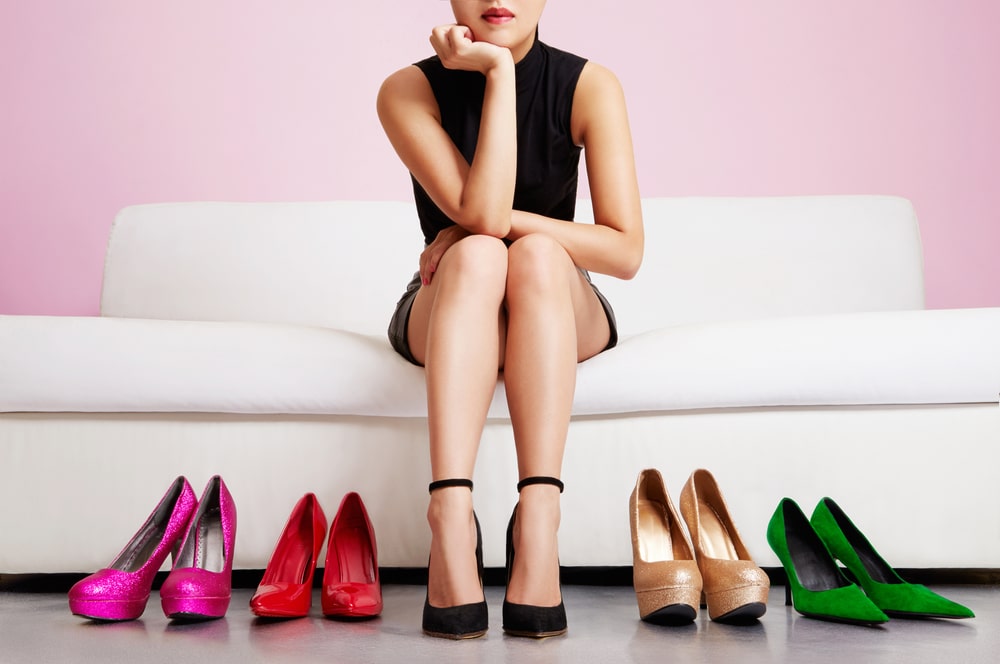
There has been some debate in recent weeks regarding high heels after a woman was sent home from work for refusing to wear them during her shift.
And that got us thinking, while many people know that there is a danger to wearing heels, how many people actually know what it does to the body? London Bridge Orthopaedics are here to tell you.
What Happens to Your Body: Feet?
When you are wearing flats, your feet are evenly distributing your body weight and act as a cushion for your skeleton. This removes any specific pressure points that can cause prolonged damage to your feet and elsewhere. However, when wearing high heels, they shift the weight onto the balls of your feet and to your toes. Depending on the height, this can reduce 60% of the surface area for your weight and absorption. If your heels are 3 inches or higher, this can increase the pressure on the ball of the foot or the toes by more than 76%.
However, when wearing high heels, they shift the weight onto the balls of your feet and to your toes. Depending on the height, this can reduce 60% of the surface area for your weight and absorption. If your heels are 3 inches or higher, this can increase the pressure on the ball of the foot or the toes by more than 76%.
Because 1/3 women now wearing heels daily, this can lead to problems such as hammertoe, Haglund’s deformity, bunions or Achilles tendon. Find out more about different foot conditions here.
What Happens to Your Body: Hips & Spine?
Normally, when wearing flats, your spine has a normal s-curve. This acts as a shock absorber that reduces stress on the vertebrae. Wearing heels pushes your centre of gravity forward, so your body naturally flattens the lower spine, shoulders and hips to counteract this.
By doing this, it reduces the shock-absorption ability and throws your natural alignment. Overuse of high heels may lead to permanent posture problem and pain, such as sciatica (compression of the sciatic nerve).
If wearing high heels on a daily basis over a number of years may actually change your anatomy. This could lead to abnormalities, such as Spondylolisthesis (also known as a slipped disc), which can be extremely painful. See all our spinal issues that we deal with at London Bridge Orthopaedics here.
What Can Be Done to Reduce the Risk?
Considering a study has found that 1/3 women have injured themselves by falling in heels, simply put – don’t wear high heels! Prevention is always better (and more convenient) than a cure. However, we do realise that heels are such a staple in many women’s’ wardrobes that simply cutting them out is not an option.
If you wear high heels every day, consider reducing the time you wear them. Have a mental rota where you decide when your feet get some time off. This could be having an entire day where you wear flats, or for a few hours throughout a day to relieve the stress on your back and feet.
When buying shoes, opt for a heel that is less than two inches in height. This avoids shortening the Achilles tendon and reduces the pressure on the lower back –alleviating most problems.
If you are determined heels with a higher more than 3 inches, stretch your leg muscles before and after wearing them. This will prepare the Achilles tendon and calf for the extra strain and reduce the risk of pulling a muscle. Alongside this, opt for heels that have a leather insole to avoid your feet slipping. Without proper insole grip, this could cause bone deformities within the toes.
If you are experiencing any pain from wearing heels, contact our specialist team at London Bridge Orthopaedics here.










